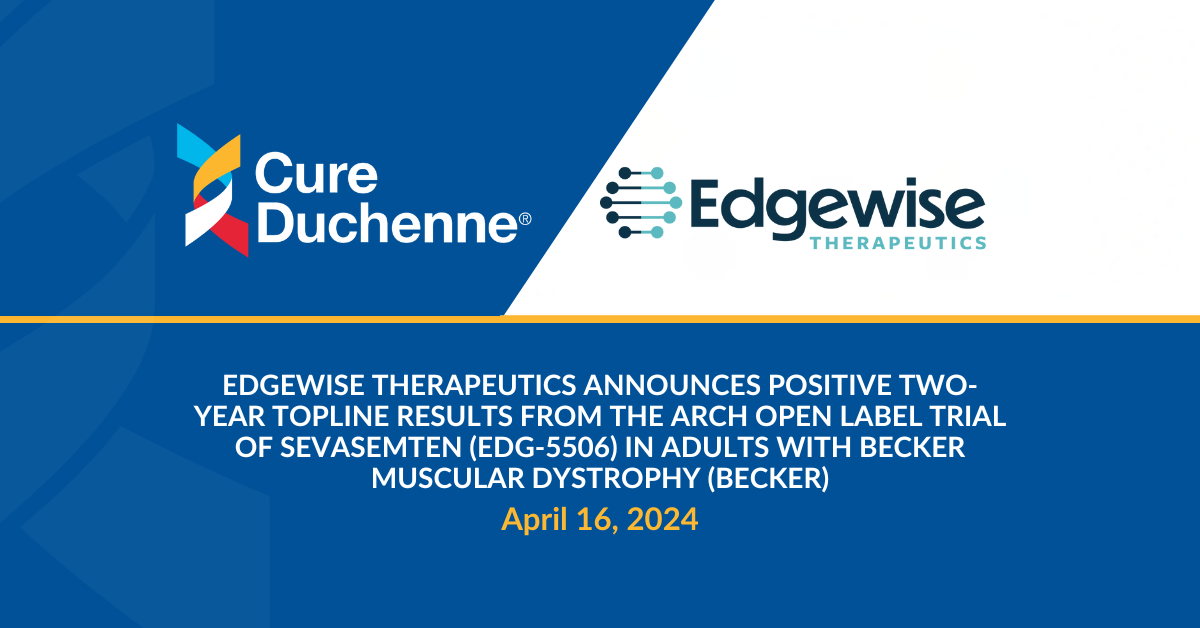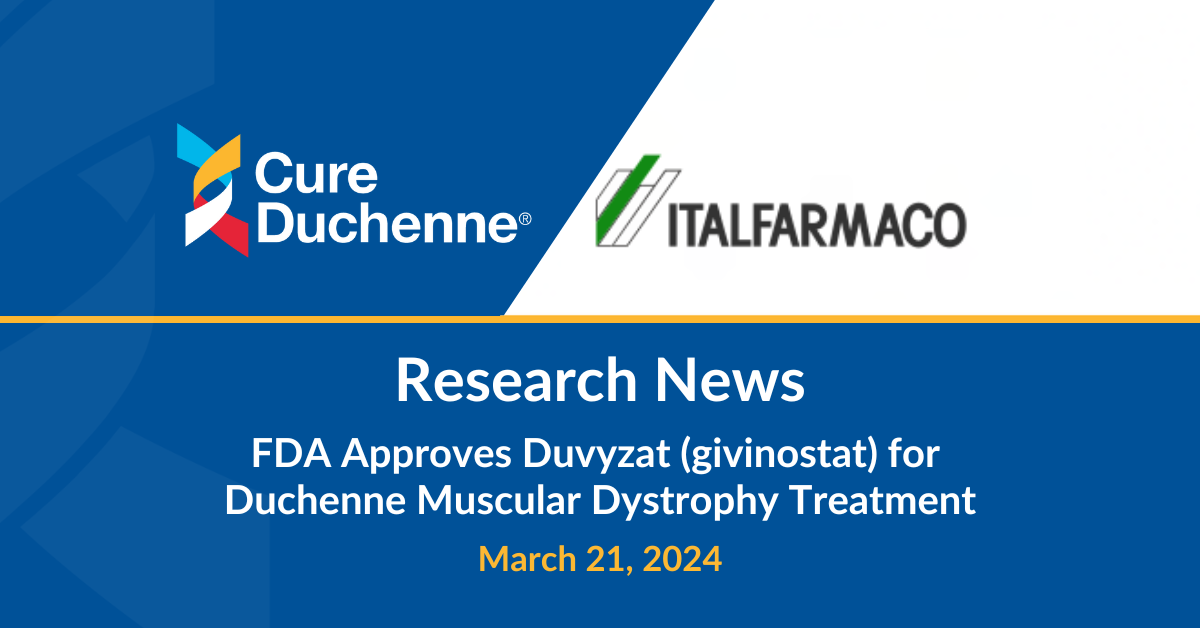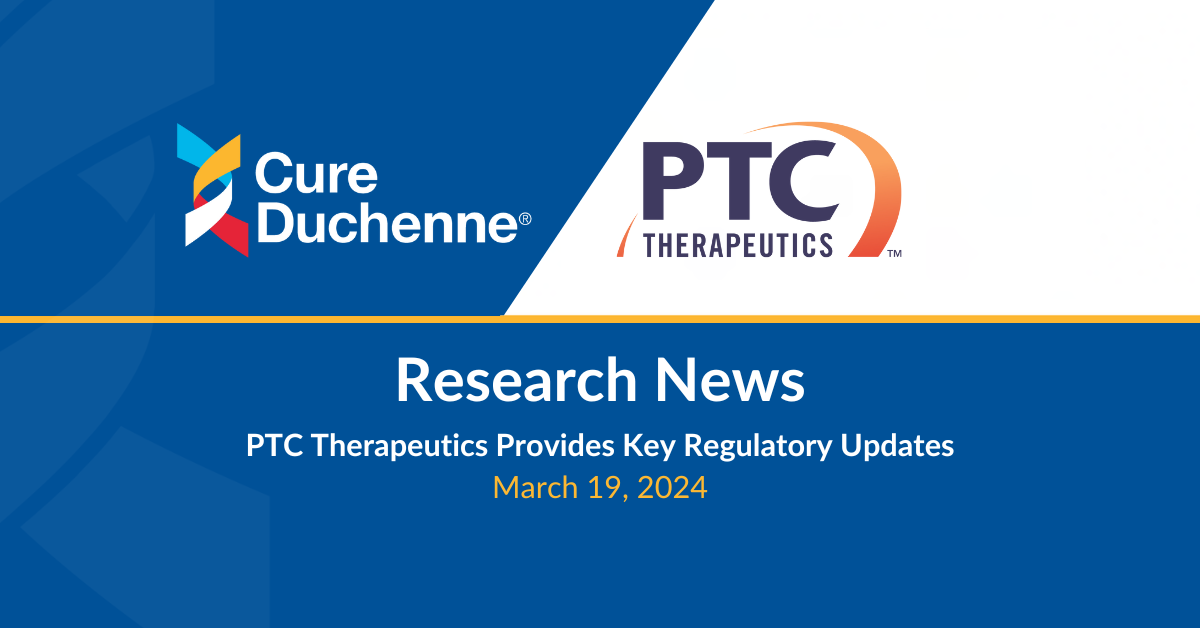Best Practices in Clinical Study Design for Rare Diseases
I am leaving Washington DC after attending the Best Practices in Clinical Study Design for Rare Diseases symposium organized by Ed Conor and Abby Bronson at Children’s National Medical Center. The FDA and NIH were collaborators in this symposium and I was honored to be a part of one of the four roundtable panels. Two diseases were highlighted as examples; Duchenne and Cystic Fibrosis.
Dr. Anne Pariser and Dr. Robert Temple from the FDA, Dr.John Porter from NIH, many scientists, clinicians, statisticians, biotech executives, academic representatives and other individuals who share an interest in getting drugs and treatments to our kids with rare diseases openly shared their work, their ideas and their willingness to collaborate.
Dr. Anne Pariser led our panel discussion, titled Considerations for Drug Development in Rare Diseases. Dr. Pariser began the discussion by stating that our challenge is science and resources. The main take away points from this discussion were 1) PATIENTS COME FIRST! 2) All research needs to start with the end in mind, and 3) communication is key.
I was wearing two hats, one as head of CureDuchenne and the other as a mom of a Duchenne boy. The main points that I communicated is that the parents need to be deeply involved in deciding the risk/tolerance for our sons. Many of the people in attendance did not know how much risk we are already taking with our sons. The multitude of off label drugs we give our sons, steroids with significant side effects, surgeries, devices…all carry risks.
CureDuchenne’s mission is to fund impactful research, but as important as the research we fund…is the research we don’t fund. I was able to explain that before we fund a project, we want to see that there is a clear path forward to get these drugs into our kids. We are not interested in funding research that will result in a published paper. This takes drug development expertise and we are fortunate to have a chief scientific officer with over 30 years of drug development experience to investigate and manage the development plan for success.
With the decrease in federal funding, the investment from biotech and pharmaceutical companies in Duchenne will become more and more important. The government will not be able to fund the hundreds of millions of dollars it takes to get a drug to market. It’s important that investigators communicate early with regulators, clinicians and drug development experts to give their research the greatest chance of success. We need to get drugs into trials, but we need to do it right so we don’t waste precious time and money in repeating expensive studies.
My message to this group about the urgency to get treatments to our kids, the risks we are already taking to keep them going, the serious side effects of doing nothing and the fact that the cost of no cure is greater than the cost of delivering treatments to our kids is not unique. I know that each and everyone in the Duchenne community is united to get this message across…and more people are listening.
I am grateful to have been included in this incredible group of people and I look forward to the future collaborations that will come as a result of this meeting.
TOGETHER, WE CAN CURE DUCHENNE!





